Home>Gardening & Outdoor>Landscaping Ideas>At What Temperature Does Grass Go Dormant
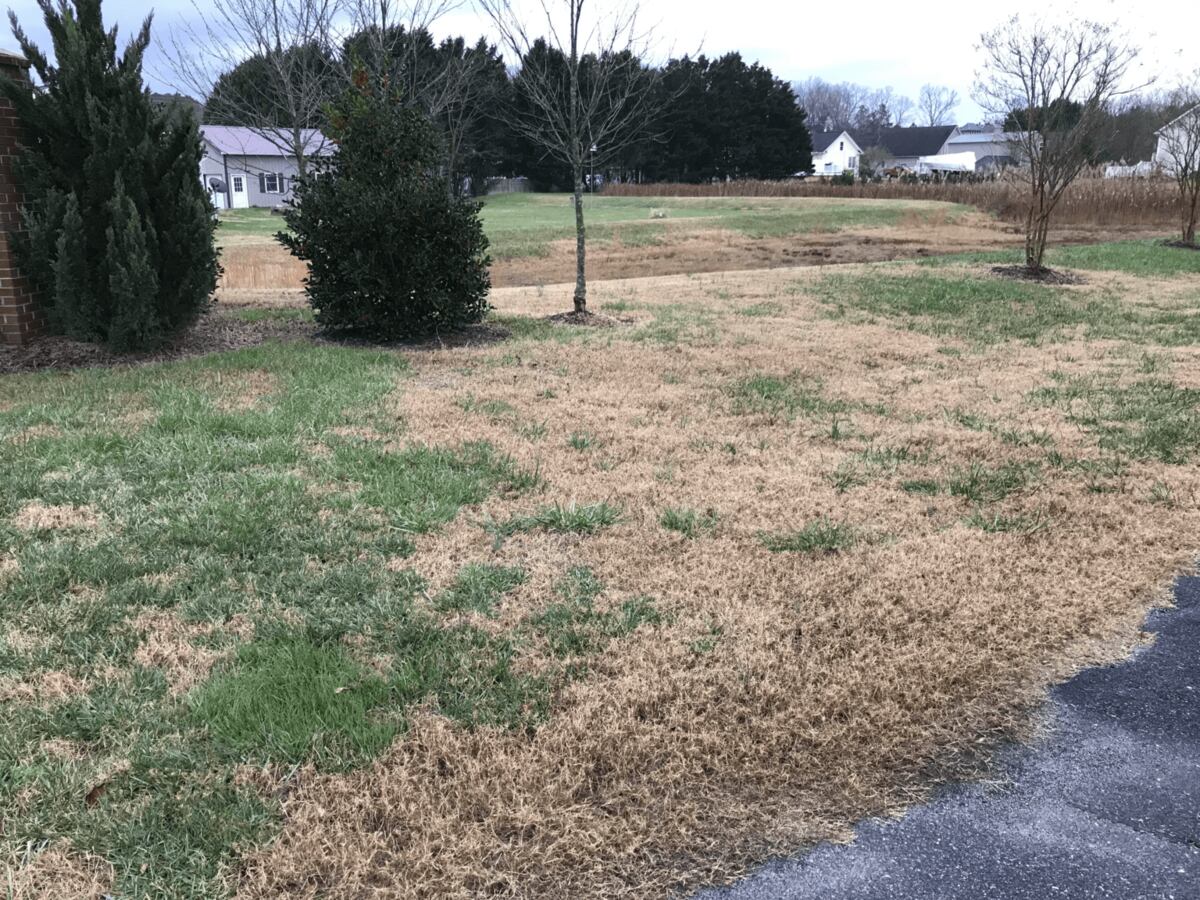

Landscaping Ideas
At What Temperature Does Grass Go Dormant
Modified: March 28, 2024
Learn about landscaping ideas to help your grass go dormant at the right temperature. Understand the optimal conditions for a healthy lawn.
(Many of the links in this article redirect to a specific reviewed product. Your purchase of these products through affiliate links helps to generate commission for Storables.com, at no extra cost. Learn more)
Introduction
As the seasons change and temperatures fluctuate, homeowners and landscaping enthusiasts often find themselves pondering the intricacies of lawn care. One common question that arises is, “At what temperature does grass go dormant?” Understanding the concept of grass dormancy is crucial for maintaining a healthy and vibrant lawn throughout the year. In this article, we will delve into the fascinating world of grass dormancy, exploring the factors that influence this natural process and providing insights into managing dormant grass effectively.
Grass dormancy is a natural survival mechanism that occurs in response to environmental stressors, particularly temperature fluctuations. During dormancy, grass slows down its growth and conserves energy to withstand adverse conditions. This phenomenon is essential for the long-term health of the grass, as it allows the plant to endure harsh weather and other challenges.
By gaining a deeper understanding of grass dormancy and the optimal conditions for this process, homeowners and landscaping enthusiasts can make informed decisions to support their lawn’s well-being. Join us on this enlightening journey as we unravel the mysteries of grass dormancy and discover the best practices for nurturing a resilient and lush lawn.
Key Takeaways:
- Grass goes dormant in response to temperature, day length, moisture, nutrients, and soil conditions. Understanding these factors helps homeowners care for their lawn and support its resilience.
- Cool-season grasses go dormant below 50-55°F, while warm-season grasses enter dormancy around 55°F. Adjusting lawn care practices based on temperature-driven dormancy promotes long-term grass health.
Understanding Grass Dormancy
Grass dormancy is a natural and adaptive response that occurs when environmental conditions become unfavorable for normal growth. This process is particularly prevalent in cool-season grasses such as Kentucky bluegrass, fescue, and ryegrass, which are commonly found in northern regions. Warm-season grasses like Bermuda grass and Zoysia grass also undergo dormancy in response to cold temperatures.
During dormancy, grass enters a state of reduced metabolic activity, conserving energy and resources to survive adverse conditions. The visible signs of grass dormancy include slowed or halted growth, a change in color from vibrant green to a pale brown or straw-like hue, and a reduction in overall vigor. While dormant, the grass focuses on maintaining essential functions while minimizing energy expenditure.
It’s important to note that grass dormancy is a protective mechanism rather than a sign of distress. By slowing down growth and conserving energy, the grass can withstand extreme temperatures, water scarcity, and other stressors. This natural adaptation allows the grass to preserve its strength and vitality, ensuring its ability to rebound when conditions become more favorable.
Understanding the dynamics of grass dormancy empowers homeowners and landscapers to make informed decisions about lawn care practices. By recognizing the signs of dormancy and its underlying purpose, individuals can adjust their maintenance routines and provide appropriate support to help the grass thrive in the long run.
Factors Affecting Grass Dormancy
Several factors contribute to the onset and duration of grass dormancy, shaping the plant’s response to environmental challenges. By understanding these influential elements, individuals can better anticipate and manage the dormancy process to support their lawn’s health. Let’s explore the key factors that affect grass dormancy:
- Temperature: Temperature plays a pivotal role in triggering grass dormancy. Cool-season grasses typically enter dormancy when exposed to prolonged periods of low temperatures, especially when combined with limited sunlight. Warm-season grasses, on the other hand, undergo dormancy in response to cold temperatures, signaling a natural adaptation to winter conditions.
- Day Length: The duration of daylight hours also influences grass dormancy. As the days grow shorter during the fall and winter months, the reduced exposure to sunlight signals to the grass that it’s time to slow down and conserve energy. Conversely, longer daylight hours in spring and summer promote active growth and discourage dormancy.
- Moisture Availability: Adequate moisture is essential for sustaining grass growth, and the availability of water directly impacts dormancy patterns. In periods of drought or water scarcity, grass may enter dormancy as a survival strategy to cope with limited resources. Conversely, well-hydrated grass is more likely to remain active and vibrant.
- Nutrient Levels: The availability of essential nutrients, particularly nitrogen, phosphorus, and potassium, influences grass dormancy. Adequate nutrient levels support healthy growth and may help delay the onset of dormancy. Conversely, nutrient deficiencies can prompt the grass to enter dormancy prematurely as it conserves resources to endure the challenging conditions.
- Soil Conditions: The quality and composition of the soil directly impact grass dormancy. Well-drained, aerated soil with balanced pH levels promotes optimal grass growth and resilience, potentially delaying the onset of dormancy. Conversely, compacted or waterlogged soil may contribute to stress and trigger dormancy as the grass copes with suboptimal conditions.
By considering these factors and their interplay, individuals can gain valuable insights into the triggers and nuances of grass dormancy. This understanding empowers proactive lawn care practices, enabling homeowners and landscapers to create an environment that supports the grass’s natural rhythms and resilience.
Grass typically goes dormant when soil temperatures drop below 45-55°F (7-13°C). To prevent damage, avoid walking or mowing on dormant grass.
Optimal Temperature for Grass Dormancy
The temperature range at which grass enters dormancy is a critical factor in understanding and managing its growth cycles. Different grass species exhibit varying responses to temperature, influencing the onset and duration of dormancy. By exploring the optimal temperature thresholds for grass dormancy, individuals can align their lawn care practices with the plant’s natural rhythms and requirements.
Cool-season grasses typically begin to enter dormancy when temperatures consistently fall below 50 to 55 degrees Fahrenheit (10 to 13 degrees Celsius). As the mercury drops, these grasses gradually reduce their metabolic activity, leading to slowed growth and a shift in color. Prolonged exposure to temperatures within this range signals to the grass that it’s time to conserve energy and endure the impending winter conditions.
Conversely, warm-season grasses exhibit dormancy in response to colder temperatures, typically entering a dormant state when the thermometer hovers around 55 degrees Fahrenheit (13 degrees Celsius) or lower. This natural adaptation allows warm-season grasses to withstand winter chill and conserve resources until warmer conditions return.
It’s important to note that the optimal temperature for grass dormancy is not a fixed threshold but rather a range within which the plant gradually adjusts its growth patterns. Factors such as soil moisture, day length, and overall environmental conditions also influence the grass’s response to temperature changes, contributing to the nuanced dynamics of dormancy.
By monitoring local weather patterns and understanding the temperature cues for grass dormancy, individuals can anticipate and prepare for the plant’s natural cycles. Adjusting lawn care routines, such as mowing frequency and fertilization schedules, in alignment with temperature-driven dormancy can help promote the long-term health and resilience of the grass.
As individuals gain insights into the optimal temperature ranges for grass dormancy, they can cultivate a deeper appreciation for the plant’s adaptive strategies and implement informed practices to support its well-being throughout the changing seasons.
Managing Dormant Grass
Effectively managing dormant grass is essential for preserving its health and preparing it for a vibrant resurgence when conditions become favorable. While the grass may appear dormant on the surface, it is actively conserving energy and resources beneath the soil, positioning itself for renewed growth. By implementing strategic care practices tailored to the dormancy period, individuals can nurture their grass and set the stage for a lush and resilient lawn in the upcoming seasons.
Here are valuable tips for managing dormant grass:
- Minimize Foot Traffic: During dormancy, grass is more vulnerable to damage from foot traffic and heavy loads. Encourage family members and visitors to avoid walking or playing on the dormant lawn to prevent compaction and stress on the grass.
- Adjust Mowing Practices: Raise the mower blade to a higher setting to leave the grass slightly longer than usual. This adjustment helps protect the grass’s crown and provides added insulation during cold spells. Avoid mowing dormant grass unless it experiences unexpected growth, in which case a light trim may be necessary.
- Limit Fertilization: Refrain from applying nitrogen-based fertilizers to dormant grass, as the plant’s reduced metabolic activity diminishes its capacity to utilize additional nutrients. However, a soil test can provide insights into any nutrient deficiencies that may need addressing once the grass becomes active again.
- Monitor Soil Moisture: While dormant, the grass still requires adequate moisture to sustain its root system. Keep an eye on soil moisture levels, particularly during dry periods, and consider supplemental watering if the soil becomes excessively dry. Avoid overwatering, as dormant grass has lower water requirements compared to actively growing grass.
- Prepare for Transition: As the dormant period nears its end, prepare the lawn for the transition to active growth. Clear away any debris or thatch that has accumulated, aerate the soil if necessary, and assess the overall health of the grass to identify any areas that may require special attention.
By implementing these thoughtful strategies, individuals can support their grass during dormancy and lay the groundwork for a vibrant and resilient lawn in the seasons to come. Recognizing the unique needs of dormant grass and providing tailored care demonstrates a commitment to nurturing the long-term health and beauty of the landscape.
Read more: What Month Does Bermuda Grass Go Dormant
Conclusion
Exploring the intricacies of grass dormancy unveils a captivating narrative of resilience and adaptation within the natural world. As homeowners and landscaping enthusiasts gain insights into the factors influencing grass dormancy and the optimal temperature thresholds that shape its cycles, they become empowered to foster a thriving and resilient lawn throughout the changing seasons.
Understanding the underlying mechanisms of grass dormancy enables individuals to align their care practices with the plant’s natural rhythms, promoting its long-term health and vitality. By recognizing the signs of dormancy and implementing tailored management strategies, homeowners can nurture their grass through periods of reduced growth, setting the stage for a vibrant resurgence when conditions become favorable.
Grass dormancy, far from being a sign of distress, is a testament to the plant’s adaptive prowess, allowing it to endure adverse conditions and emerge stronger when the time is right. By respecting and supporting the dormancy process, individuals contribute to the overall well-being of their lawn and cultivate a deeper connection with the living landscape that surrounds them.
As we embrace the ebb and flow of grass dormancy, we embark on a journey of stewardship and appreciation, recognizing the intricate balance between natural cycles and human intervention. By integrating our understanding of grass dormancy into our care routines, we honor the resilience of the plant and nurture a vibrant, enduring landscape that enriches our lives and the environment.
With each season, as the grass transitions between dormancy and active growth, we have the opportunity to witness the beauty of nature’s cyclical rhythms and play a meaningful role in supporting the vitality of our outdoor spaces. Let us continue to explore, learn, and cultivate a deep-rooted connection with the ever-changing, ever-resilient world of grass and greenery that surrounds us.
Frequently Asked Questions about At What Temperature Does Grass Go Dormant
Was this page helpful?
At Storables.com, we guarantee accurate and reliable information. Our content, validated by Expert Board Contributors, is crafted following stringent Editorial Policies. We're committed to providing you with well-researched, expert-backed insights for all your informational needs.
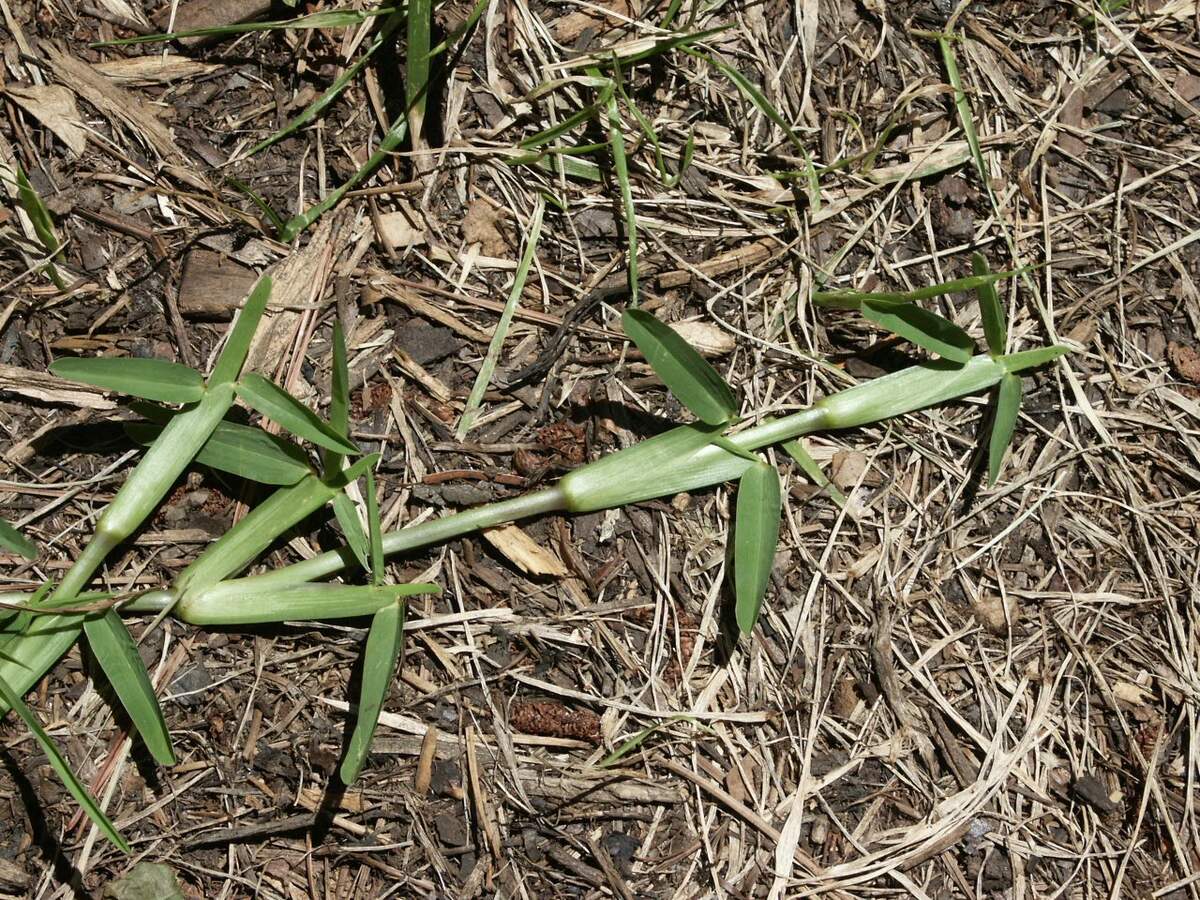
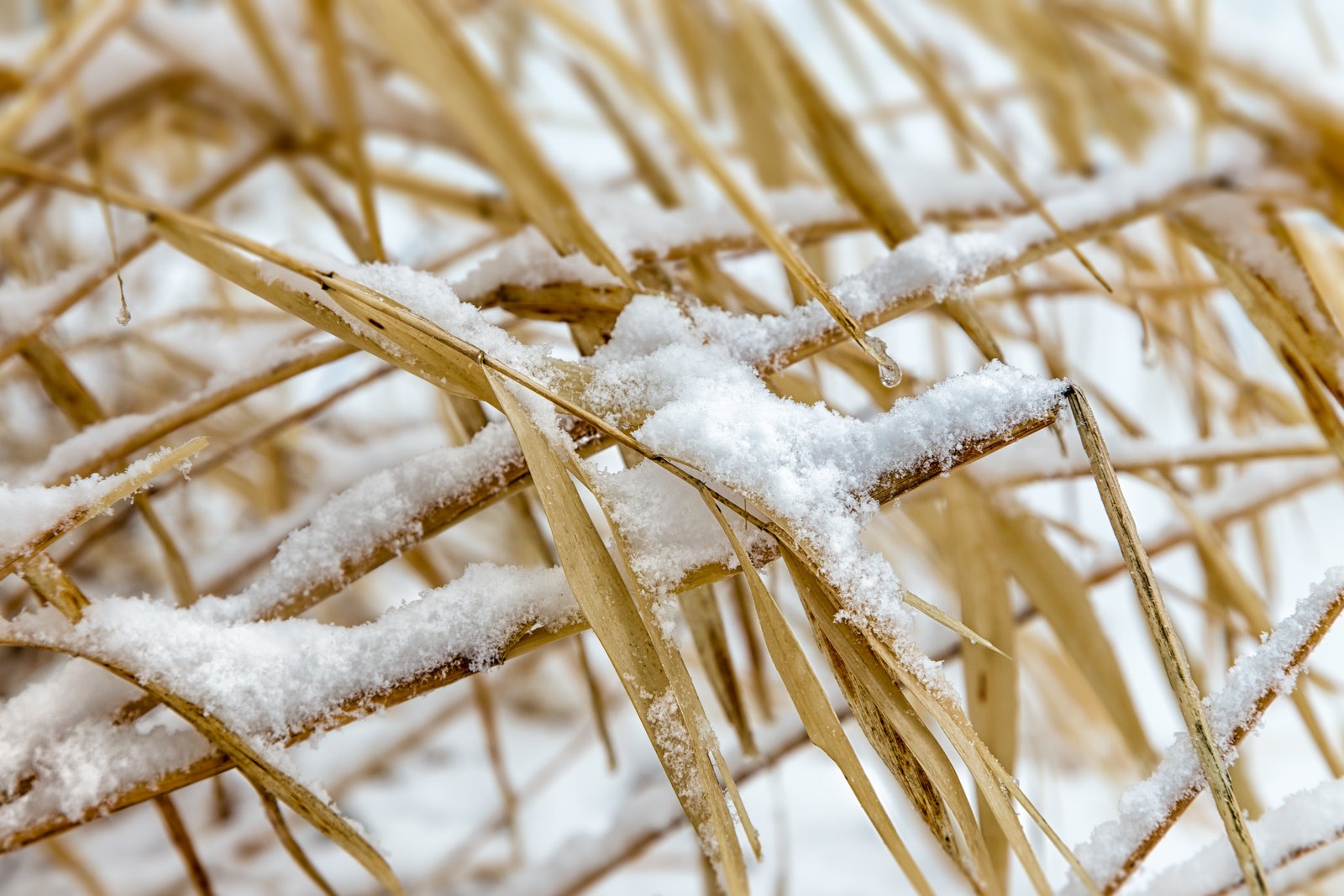
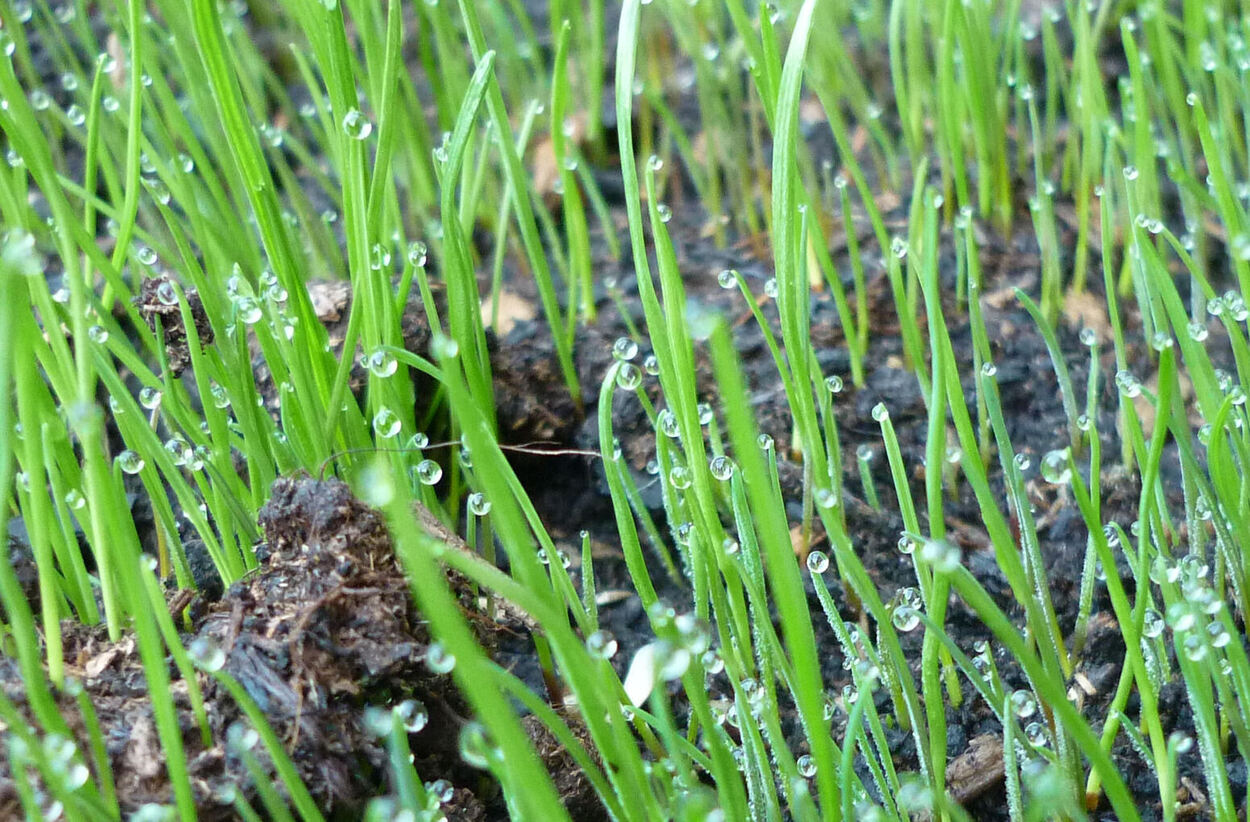
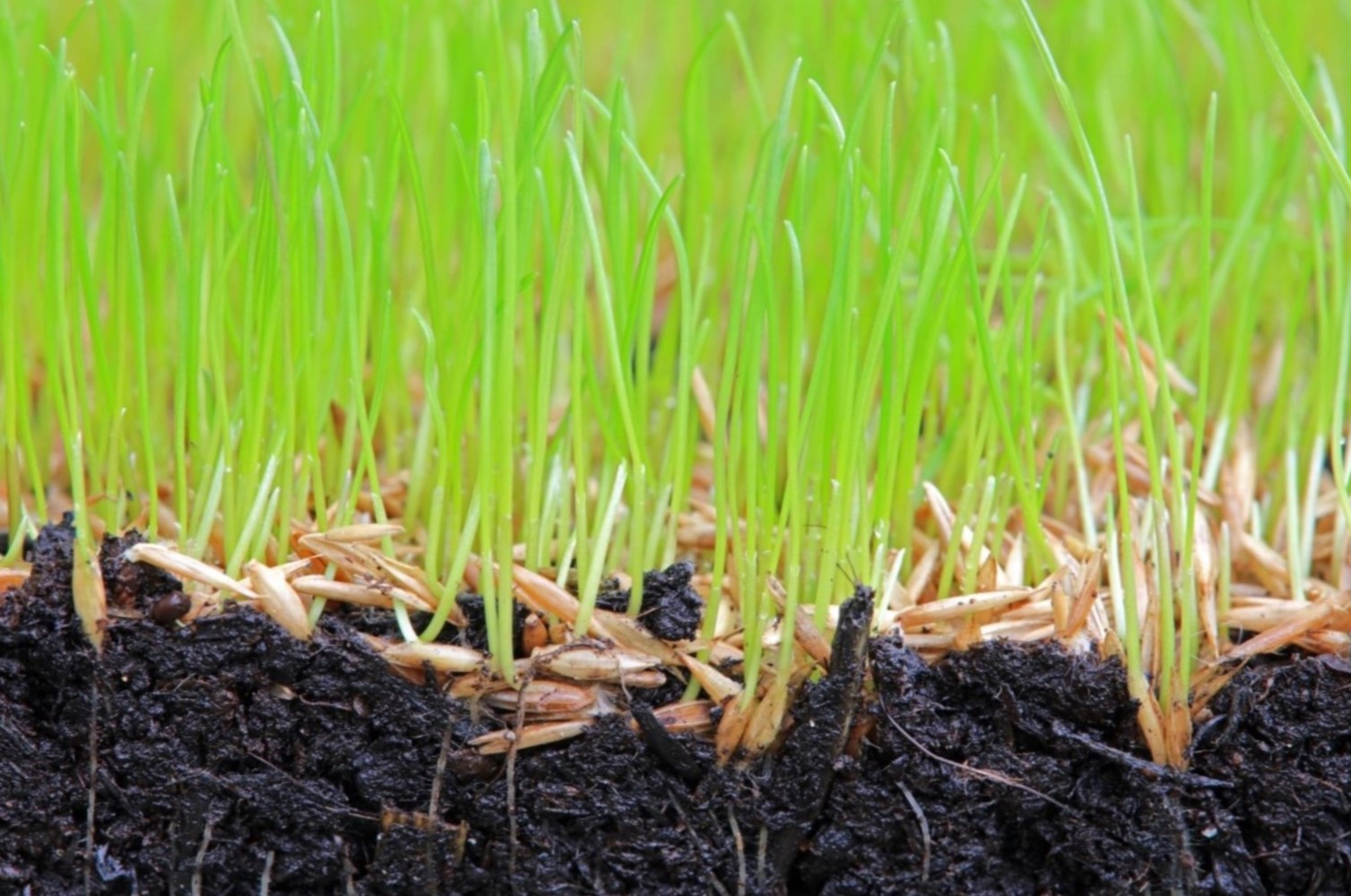
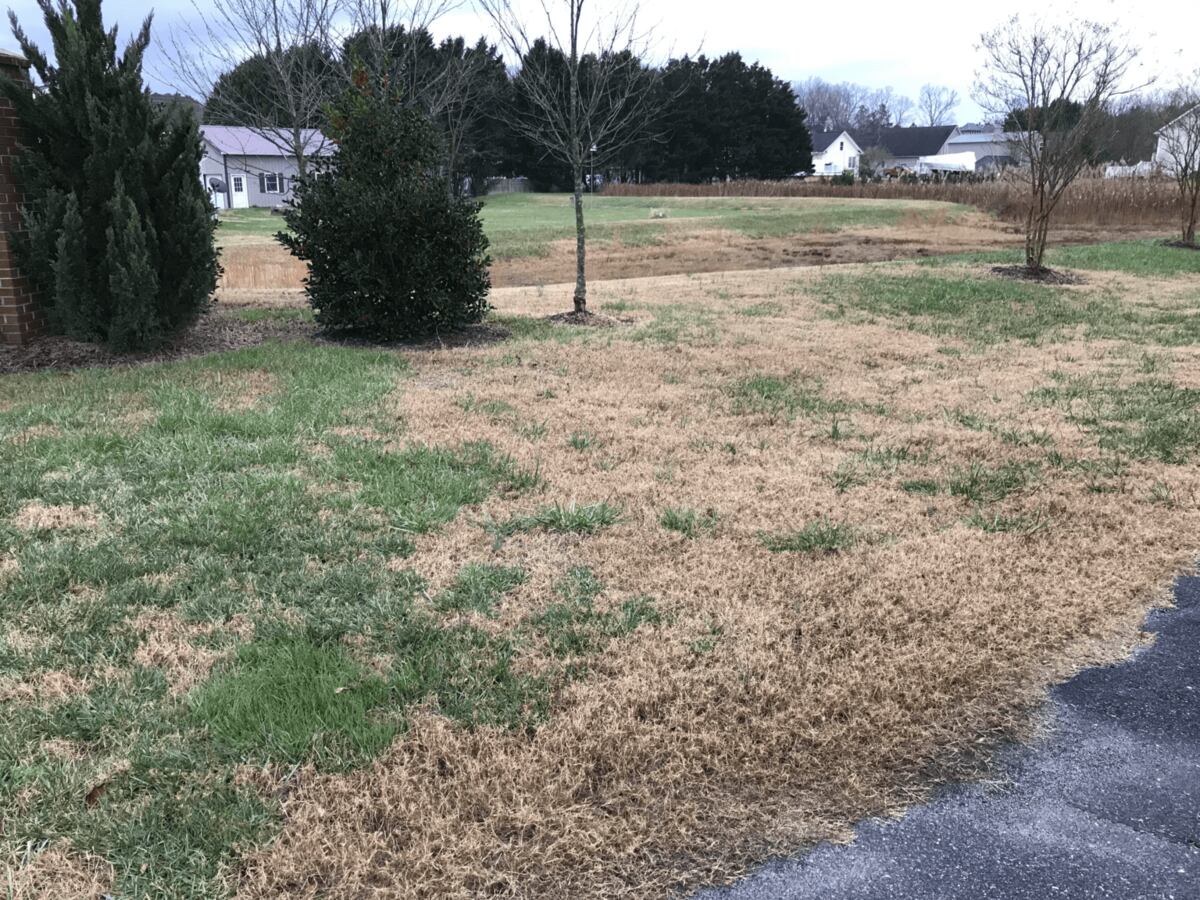
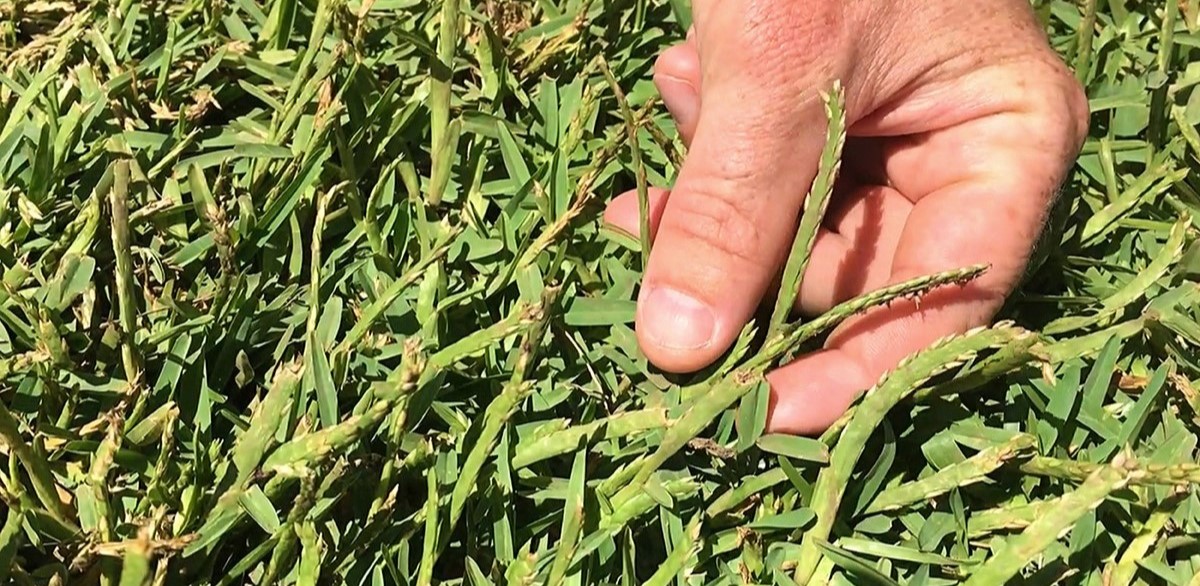

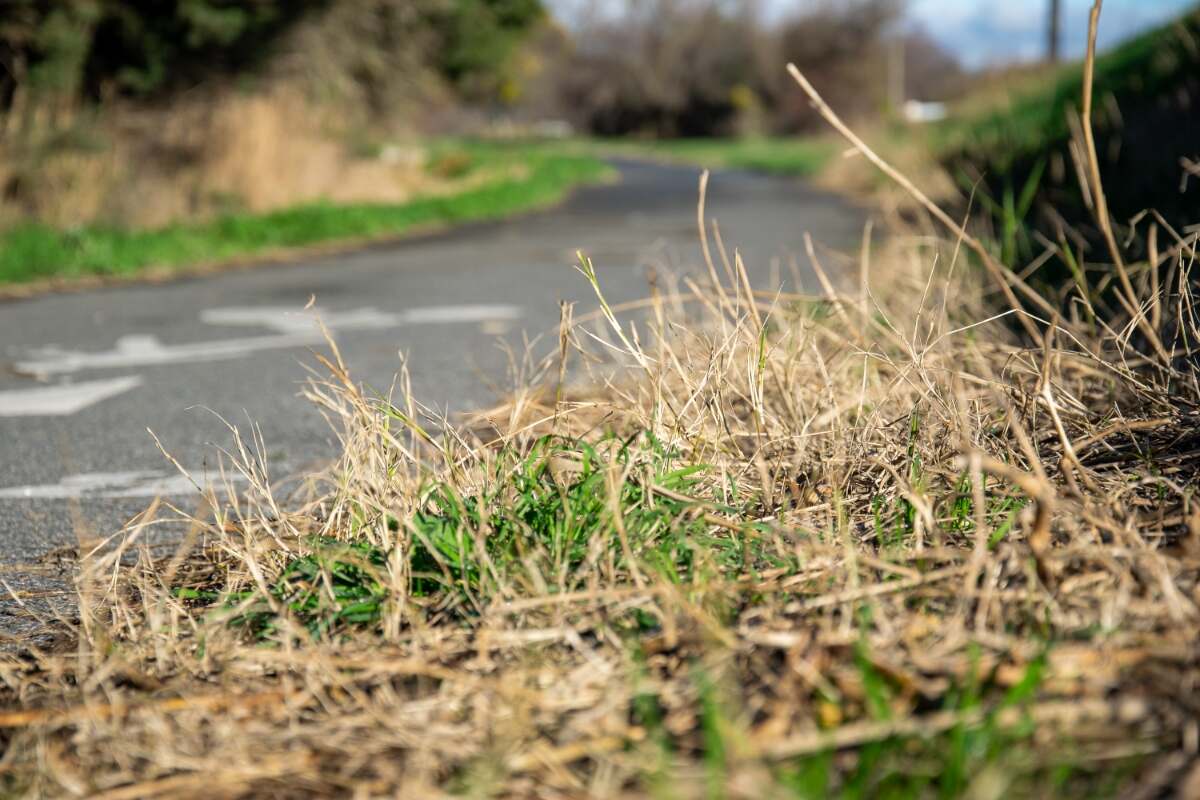
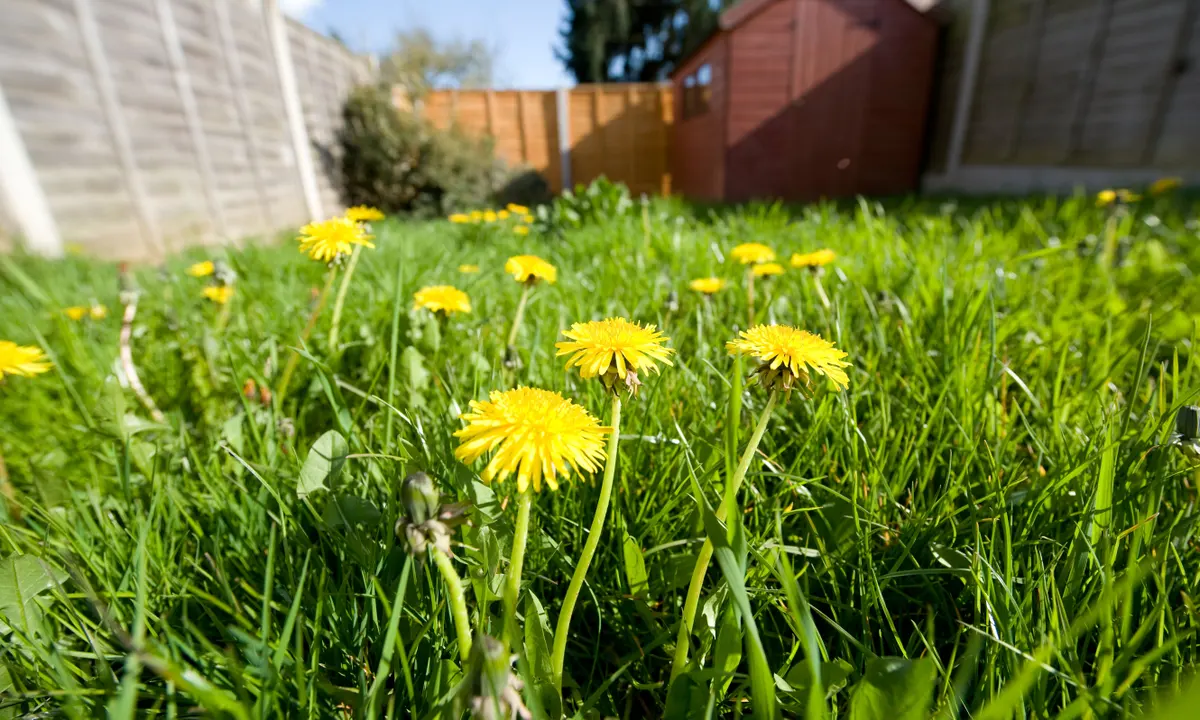
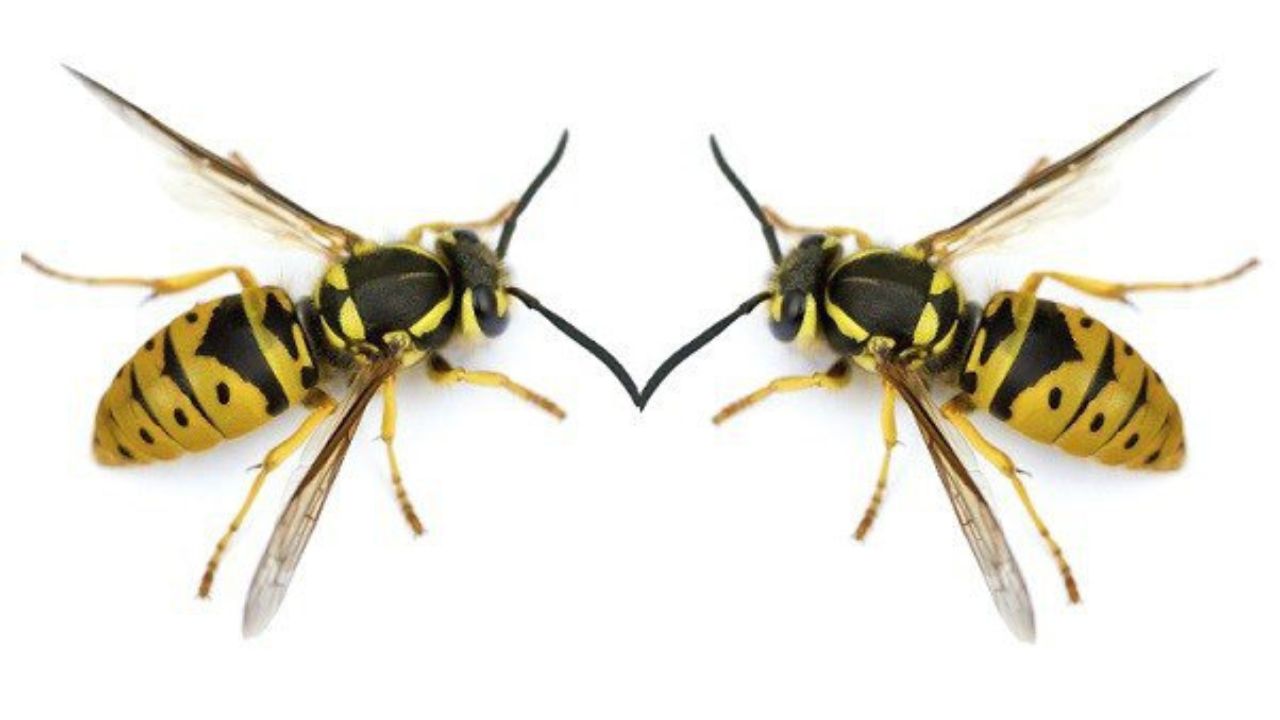
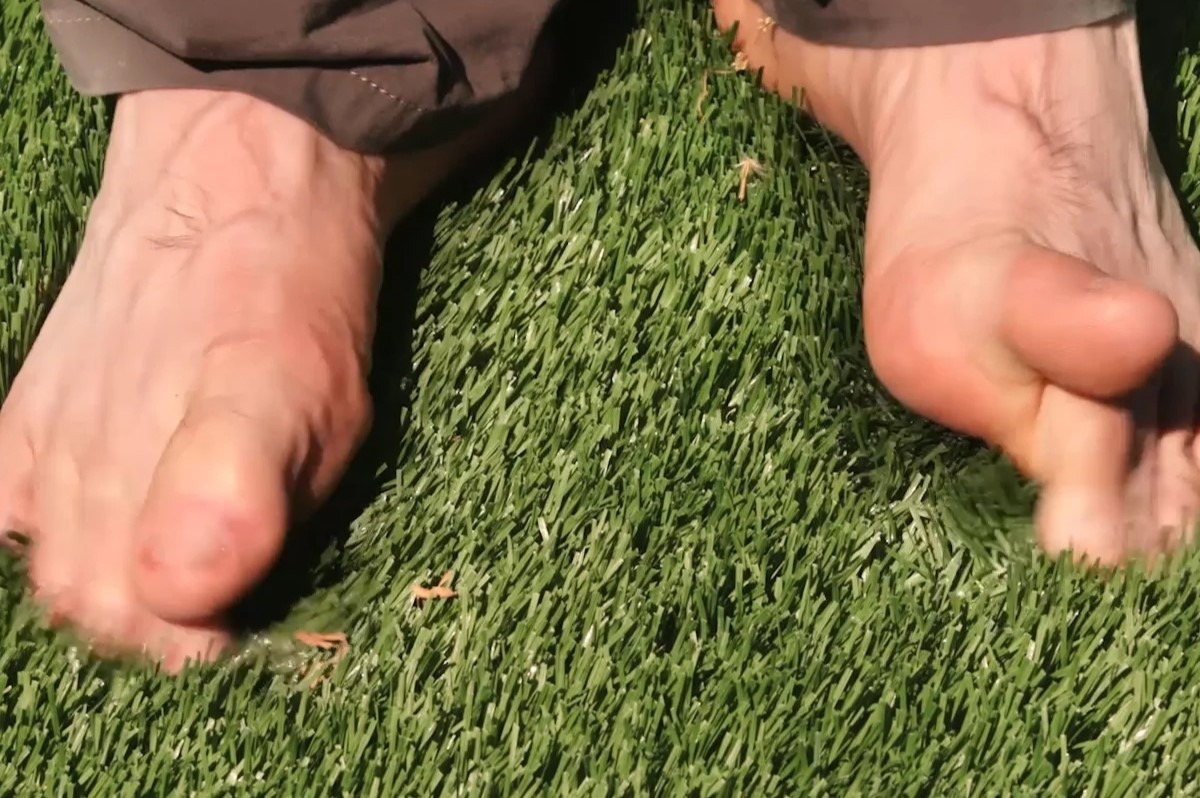
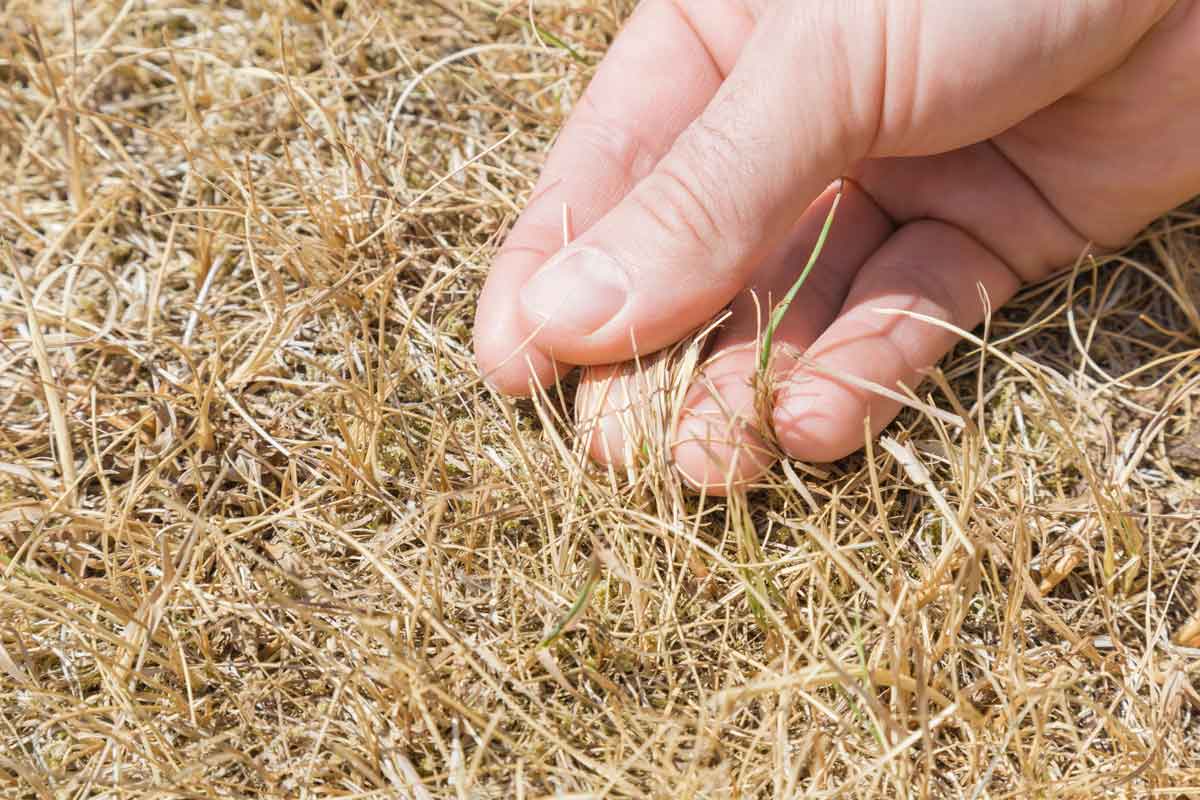
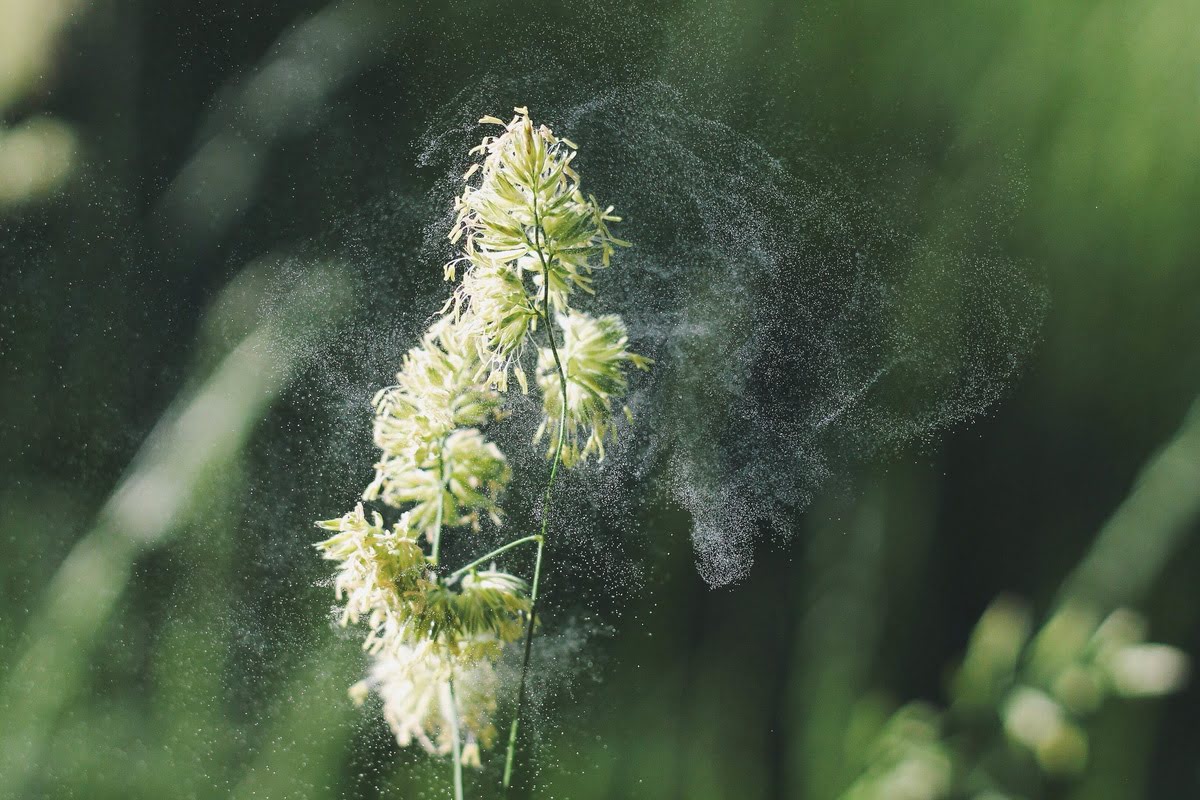
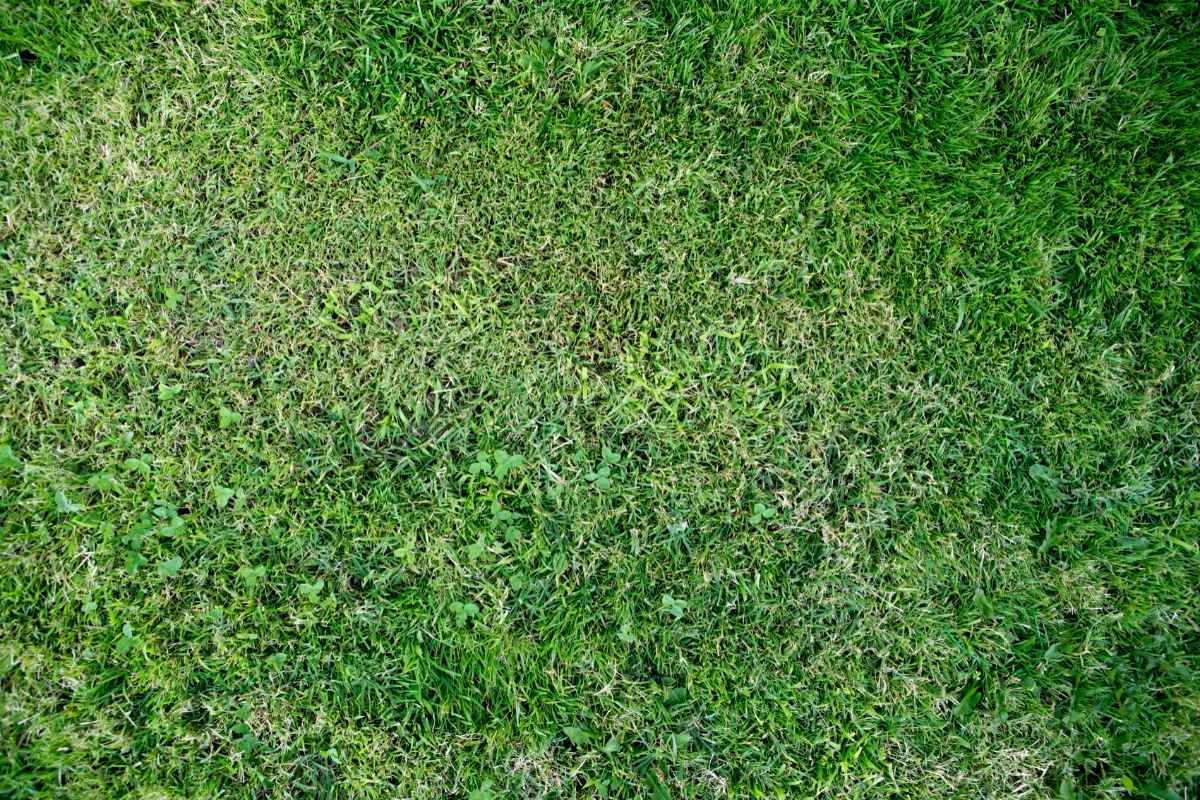

0 thoughts on “At What Temperature Does Grass Go Dormant”